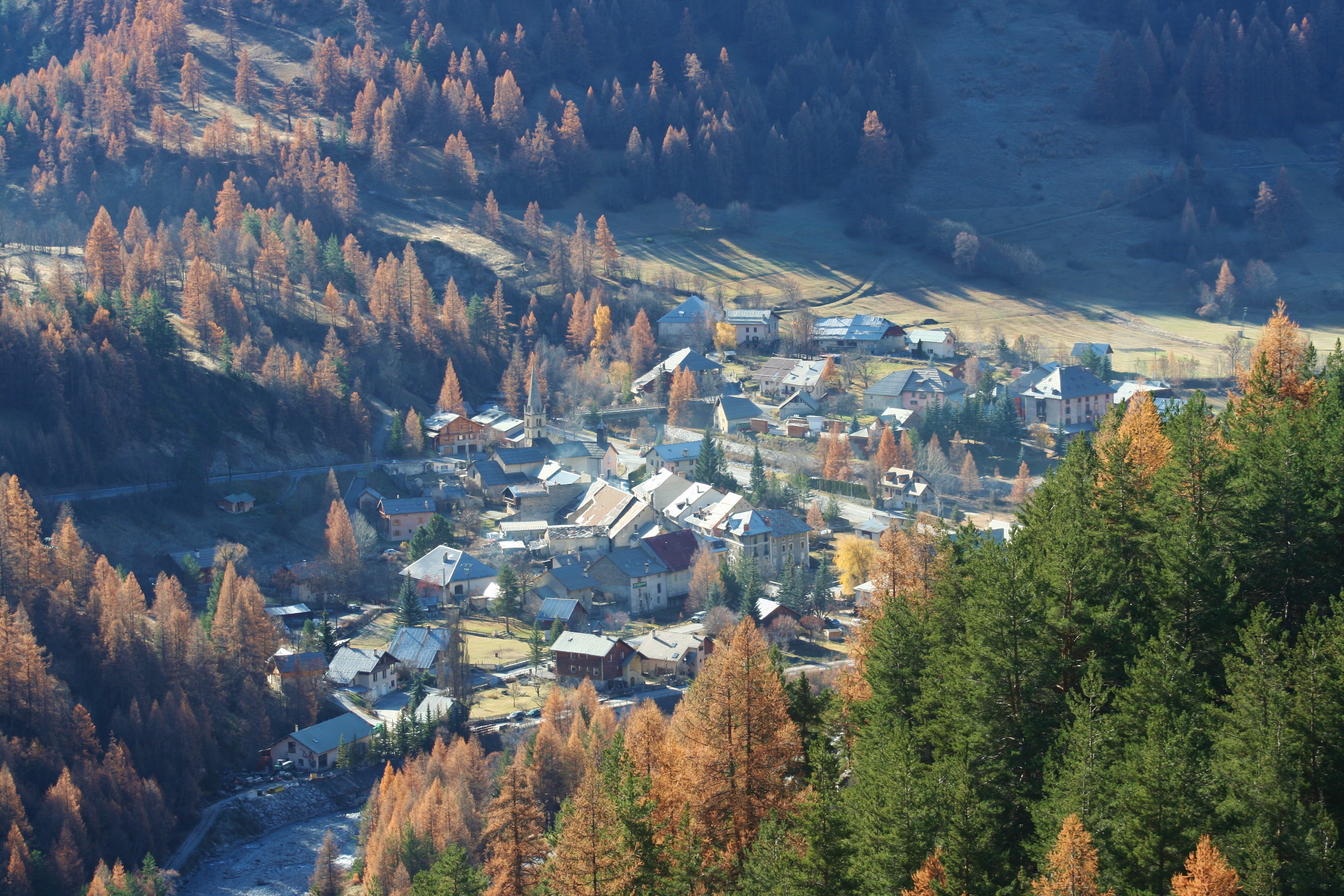
Sentier écologique des Astragales - Ville-Vieille
Face au soleil, le versant que nous découvrons est un adret (exposé plein sud). Incliné, tel un capteur solaire, sa pente connaît des hivers courts, moins rigoureux, et des étés très chauds favorisant la vie de plantes et d’animaux supportant la sécheresse. L’homme lui-même avait choisi son climat pour cultiver des céréales.
6 points of interest
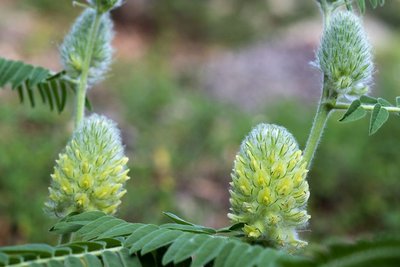
Astragale queue de renard - ©PN Ecrins  Flora
FloraAstragalus centralpinus
With its yellow and brown flowers in elongated clusters and its leaves with tight, oblong leaflets, Astragalus centralpinus is emblematic of the Queyras. A rare plant protected nationally, it is very common in the region. Growing in the moors and the steppe grasslands of south-facing slopes, this astragalus often grows along with barberry and savin juniper.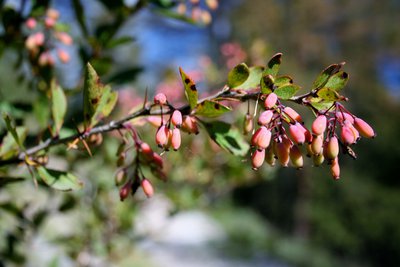
Epine-Vinette - Benjamin Musella - PNR Queyras  Flora
FloraBarberry, a plant with many benefits
Characterized by its thorns arranged in threes, this shrub is very common in the mountains. Formerly also growing on the plains, it was destroyed because it was said to carry a disease called stem rust, which affects cereals. The bark of its root and wood was used to dye fabric and leather in yellow.
Its tangy and edible fruits can be used as a spice to flavor dishes or prepare jellies, jams and syrups. A Swiss doctor called Alfred Vogel described them as “an amazing tonic for nerves” and recommended them to his hypernervous patients and people lacking vitamin C. Other authors consider its fruit excellent to clear the body of toxins through its action on the liver, gallbladder, spleen and pancreas.
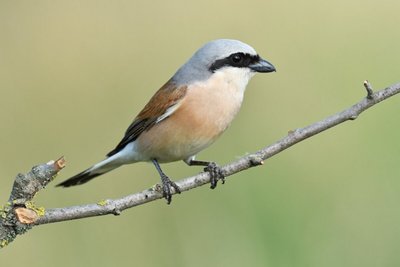
Pie grièche écorcheur - ©DR-Notre Nature  Fauna
FaunaRed-backed shrike
Present throughout Europe, Asia and most of the African continent, this migratory bird lives in Queyras from May to August. It prefers open environments and often lives in thorny bushes between 1m and 3m high. Waiting on a prominent perch, it spots its prey (insects, lizards and small birds) before swooping down on them. The red-backed shrike eats smaller prey immediately but impales bigger ones on the thorns of a hawthorn, a blackthorn or even on barb wire... These pantries are called ‘larders.’
Le Genévrier commun, utile et apprécié depuis toujours - Benjamin Musella - PNR Queyras  Flora
FloraCommon juniper, used and appreciated for centuries
Many virtues are attributed to this plant. Legend says that anyone who eats one juniper berry every day will be preserved from all illnesses. It can be inhaled as a bronchial antiseptic, burnt to clean the air or to bathe in to fight arthritis and chronic skin conditions. Considered a powerful diuretic, it is ideal with sauerkraut as it facilitates digestion. Juniper berries can also be used to season terrines, marinated fish and game. They are used to make certain alcohols such as gin, certain types of beer and traditional liqueurs.
Pin Sylvestre - Benjamin Musella - PNR Queyras  Flora
FloraPinus sylvestris: Usage
Once used by shipwrights, today it is used to make paper and plywood or for carpentry. Its resin is said to soothe bruises, frostbite and rheumatism. Scots pine essential oil is also used to treat various infections and ailments such as anxiety, nervousness, stress, but also asthma or fatigue.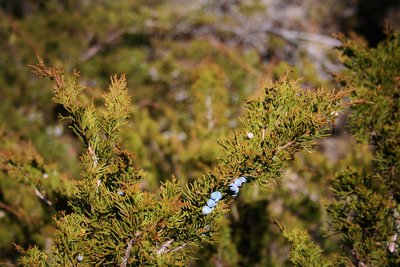
Genévrier Sabine - Benjamin Musella - PNR Queyras  Flora
FloraSavin juniper
Growing in sunny valleys exposed to the foehn, savin juniper differs from other Juniperus by its soft foliage. Like other junipers, savin juniper has many benefits, notably its hard and finely grained wood, which is highly appreciated in cabinetmaking, carving, marquetry and woodworking. Its wood is used to make walking sticks, knife handles or different tools, pipe stems, etc. Rot-resistant, it is also ideal for making poles or water pipes. But beware: contrary to common juniper, its berries are toxic and its leaves can irritate the skin.
Description
Sur le haut du parking, prendre le sentier qui remonte à gauche sur 200 m.
1 - Suivre à droite un chemin qui redescend légèrement avant de remonter en pente douce. La montée finit par quelques lacets.
2 - A l’intersection, tourner à gauche. Après quelques centaines de mètres, arriver sur un petit plateau avec des pins sylvestres. Une belle vue sur le village de Ville Vielle et la vallée du Guil s’offre à vous. Pour la variante monter à droite.
3 - Sinon descendre à gauche sur un sentier en pente douce. Rejoindre un sentier plus large. Tourner à droite. Faire 300 mètres et tourner à droite sur le même chemin emprunté à la montée. Rejoindre rapidement le départ.
- Departure : Ville-Vieille
- Arrival : Ville-Vieille
- Towns crossed : Château-Ville-Vieille
Forecast
Altimetric profile
Recommandations
Ce sentier est à parcourir de préférence au printemps ou à l’automne. Munissez-vous du guide « sentier écologique des Astragales » afin de profiter au mieux de la diversité du lieu.
Information desks
House of the Queyras Regional Nature Park
3580 Route de l’Izoard, 05350 Arvieux
The House of the Queyras Regional Nature Park is closed to the public.
OTI du Guillestrois et du Queyras
Maison du Tourisme du Queyras, 05350 Château-Ville-Vieille
Transport
Office de Tourisme du Guillestrois-Queyras : 04 92 46 76 18
Access and parking
Suivre la D 947, 100m avant Ville-Vielle se garer à gauche. Le sentier commence du parking
Parking :
Report a problem or an error
If you have found an error on this page or if you have noticed any problems during your hike, please report them to us here:


